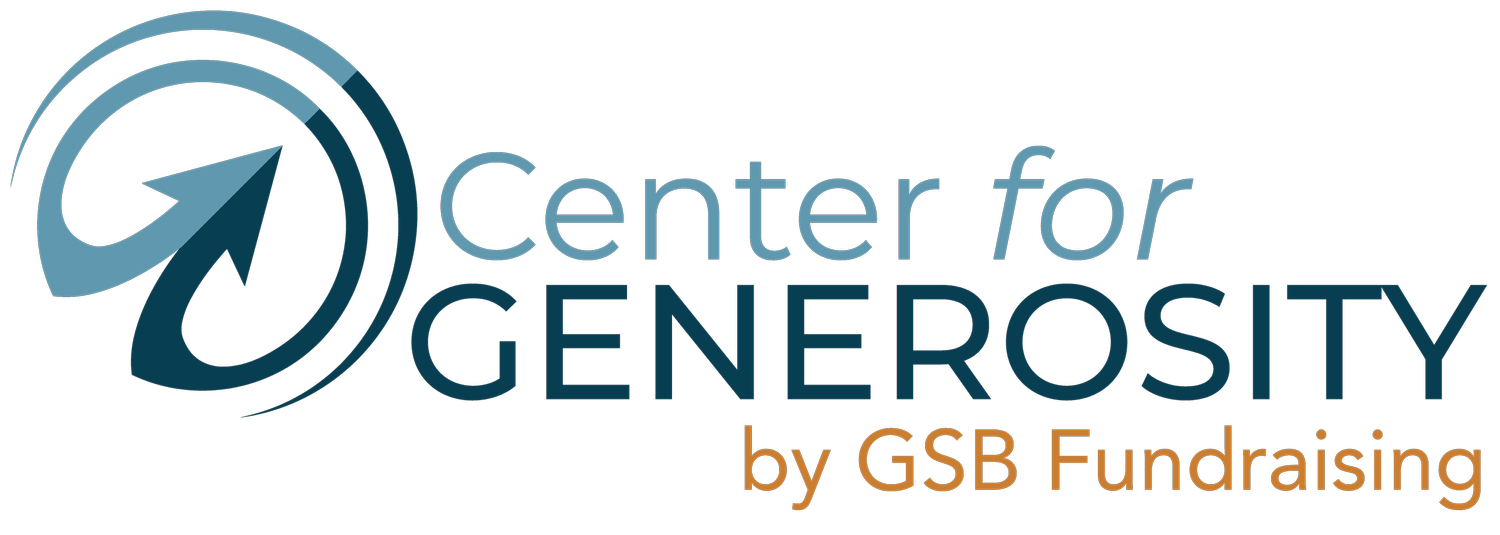Structuring a Strategic Plan
NOTE: The identity work of strategic planning around the formation Mission and Core Values must be completed before moving into the Action Planning portion of a strategic plan. You simply can’t plan, “how to get there” if you don’t know, “where you are going.”
The next step in your strategic planning work is to form the actionable portion of your plan. The leveling of the plan from the Macro through the Micro, will help you to better communicate the plan to constituents, and better manage the plan internally.
We suggest the plan have three levels:
1. Key Result Areas*: Key result areas, or KRA’s are the overarching thematic focuses for your work throughout the duration of the plan. In Congregations or faith-based agencies you may choose to refer to these as “Ministry Result Areas/MRAs”.
Because focus and the orientation of assets is key to the success of a plan. Your plan should be limited to 3-5 KRAs. The “BHAG’s” of your plan (Big Hairy Audacious Goals) typically sit at the KRA level.
Additionally, Key Result Areas are often used as you share you plan with constituents. Therefore, they should be defined enough to be clear, but brief enough to be used without notes.
2. Goals: Under each KRA will lie 7-10 Goals. Goals are the major accomplishments necessary to make progress toward the accomplishment of the MRA.
3. Objectives: Under each goal may lie any number of objectives. Objectives are the action steps required to accomplish the goal. Objectives should be S.M.A.R.T. (Strategic, Measurable, Achievable, Realistic, and Time-bound). Therefore, each objective should include not only what needs to be accomplished, but also:
By Who
By When
Cost/Cost Center
A defined measurement of success.
4. Impact: Though not mandatory, it’s often helpful to note the desired impact of each KRA.
